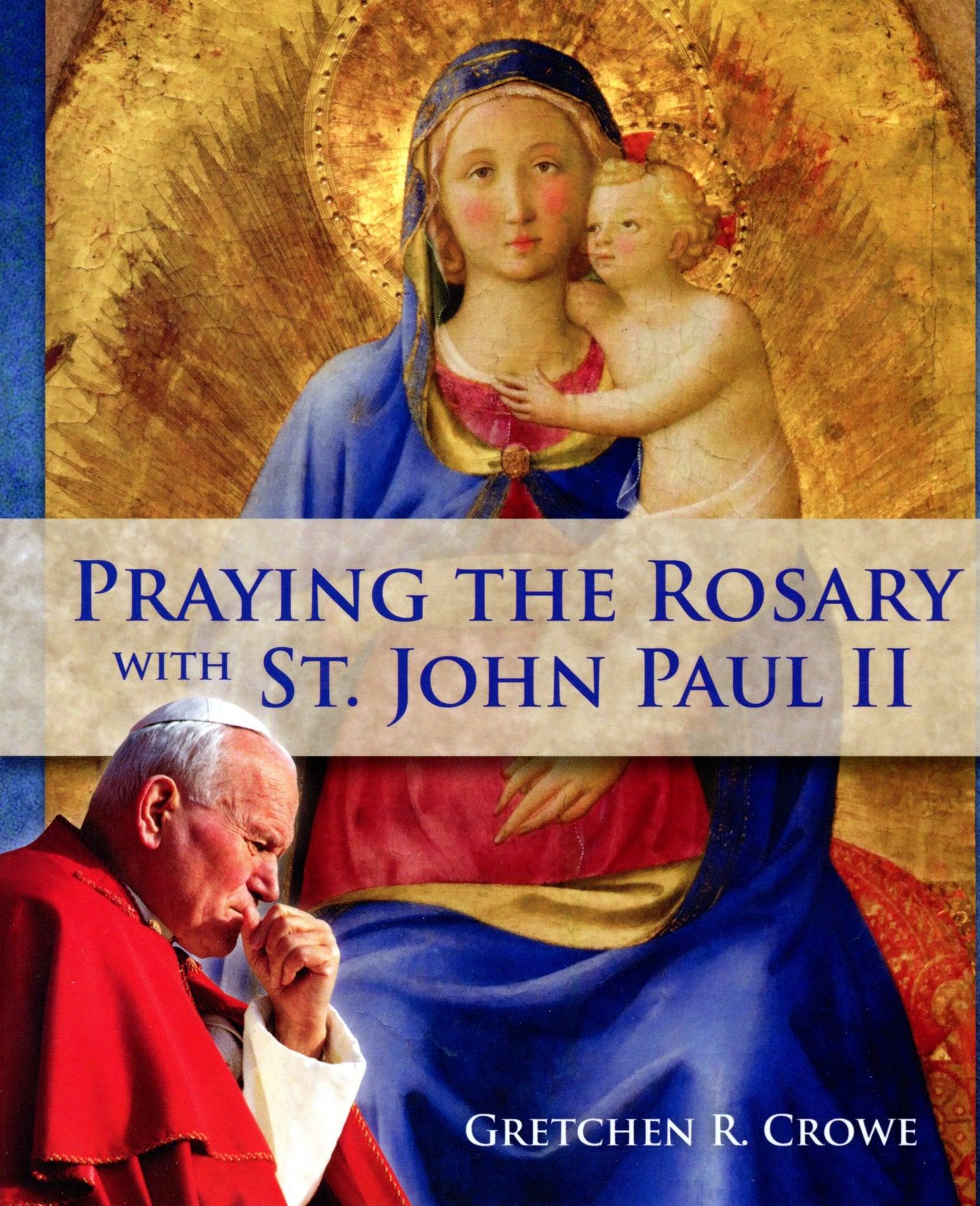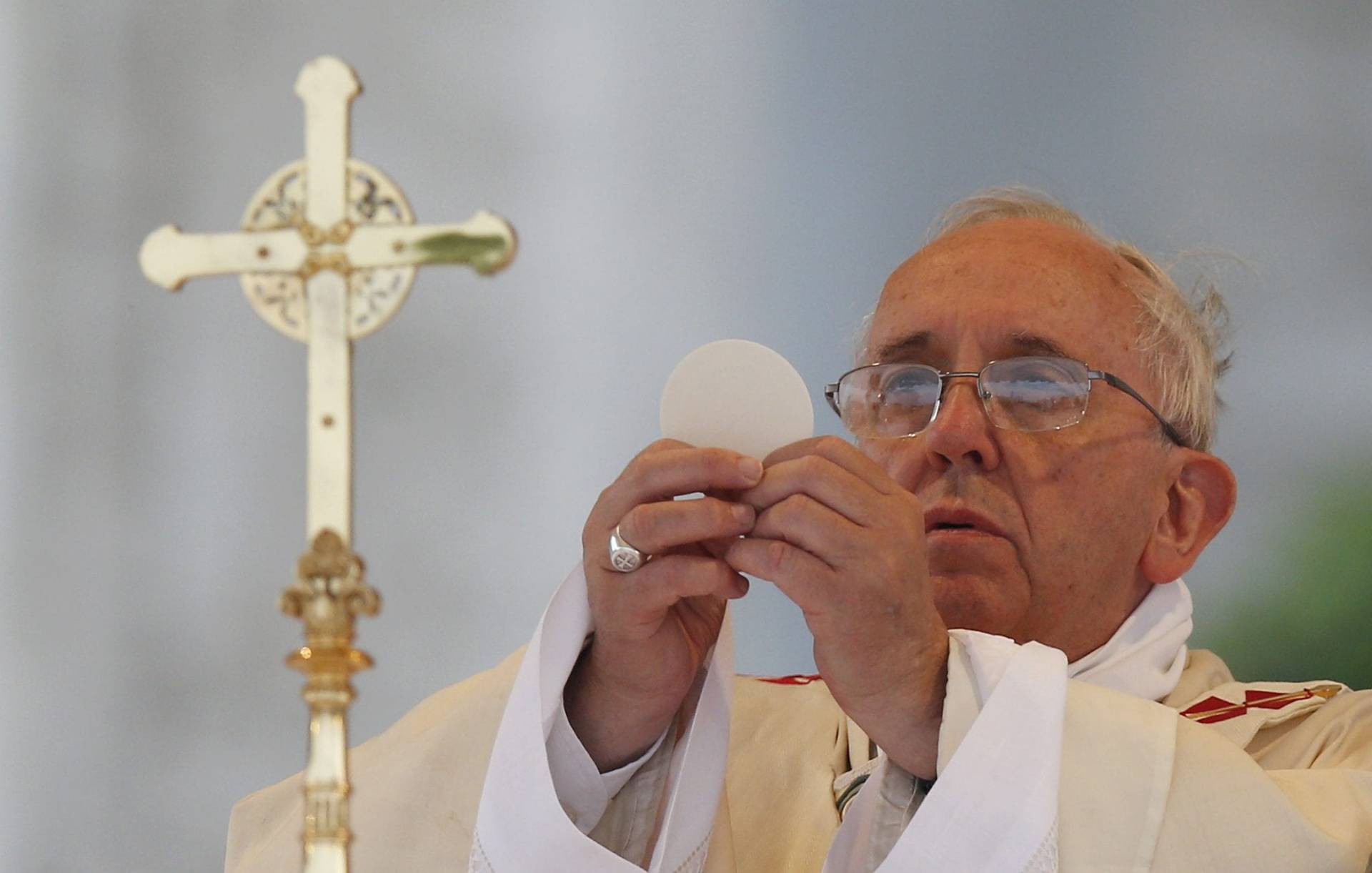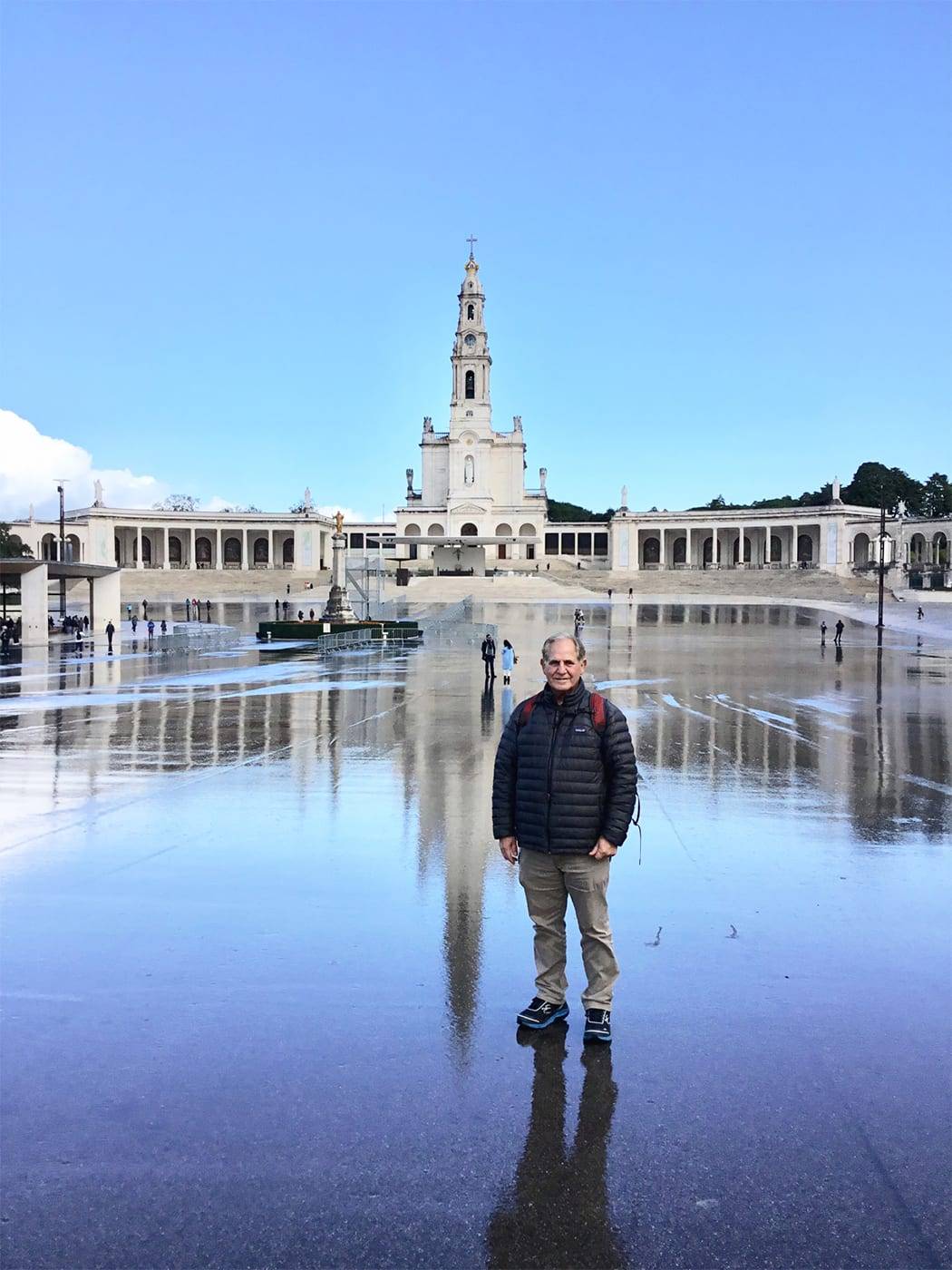I do not feel better in the morning, actually.
Here’s the schedule through Friday morning, when we’re done:
7 to 8 a.m. Meditate
8 a.m. Breakfast in silence
9:30 a.m. Death presentation and group discussion, where we get to talk, supervised
10:30 to 11:30 Meditate
Noon: Lunch in silence
3:30 p.m. Another death presentation and group discussion, more talk, supervised
4:30 p.m. Mass or meditate
5:30 p.m. Dinner in silence
7 p.m. Night prayer
What if I get hungry at 10?
The meditation technique is Centering Prayer, a method of silent prayer. A person chooses a sacred word – love, amen, Jesus, whatever – sits with closed eyes for 20 or 25 minutes and returns to the word whenever thoughts arrive which, in the beginning, is constantly. Centering Prayer emphasizes developing a relationship with God. You could call it a form of mysticism, though we don’t use the word. Perhaps that’s because “mysticism” sounds too monkish and cloistered and out there, maybe even too arrogant, certainly not something accessible to regular lay people in the world. But some of these women say they’ve practiced centering prayer for decades, and it has transformed them. They speak of the “indwelling presence” of God, and sure sound like mystics, or at least mini-mystics, to me.
Three monks at St. Joseph’s Abbey in Spencer, Mass. revived the ancient Catholic practice in the mid 1970’s. One of them, Thomas Keating, founded Contemplative Outreach 30 years ago as a spiritual network to teach the prayer, now practiced by tens of thousands all around the world. This is a Contemplative Outreach retreat and Keating, now 91, has given considerable thought to death and dying. Hence this focus.
Daily we hear Keating talk in videos about the process of death, and what comes after. He uses no notes. He is charismatic, warm, ironic, reassuring. You want to believe he knows what he’s talking about (more details on Day 4).
Meanwhile, by bedtime on Day 2, I feel a bit better.
Get e-mail alerts about Margery Eagan’s On Spirituality column
















